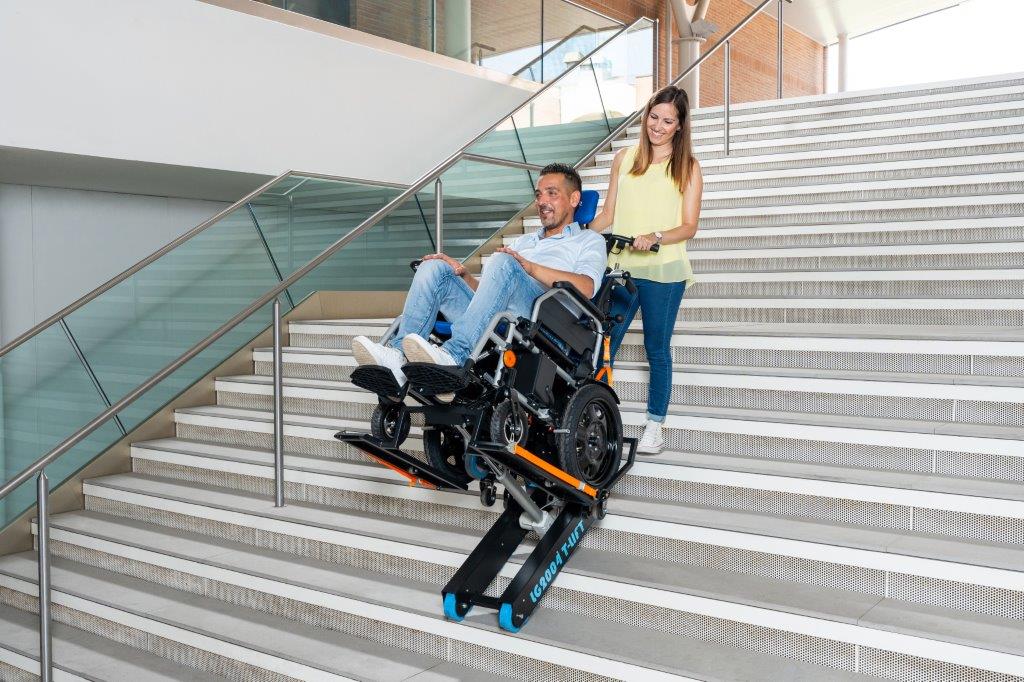Top 3 Mistakes Facilities Managers Make When Choosing Evacuation Equipment And how to avoid them…

Emergency Evacuations Require Emergency Ready Buildings: Evaccess Delivers The Number One Essential Emergency Evacuation Solution
Evaccess Discusses The Towering Challenge of Combustible Cladding
Emergency-Ready Buildings: Evaccess Delivers Essential Emergency Evacuation Solutions.
The trajectory towards the Grenfell Tower tragedy began long before the flames ignited in 2017, rooted in a combination of unchecked industry practices, regulatory inadequacies, and governmental neglect.
This “perfect storm” was decades in the making, with the seeds sown by a deregulatory ethos championed since the late 20th century.
The construction sector, emboldened by policies favouring maximum self-regulation and minimal government oversight, navigated through a landscape where the pursuit of cost efficiency often overshadowed safety considerations. The government’s approach from 1979, which advocated for this deregulation, fundamentally altered the accountability mechanisms within the building industry.
The shift away from stringent regulation is starkly illustrated by the transition in how building projects were approved. The traditional requirement for local council sign-off was replaced by a system where builders could hire private consultants to green-light their projects.
This change, part of a broader deregulatory wave in 1984, marked a significant departure from established oversight practices. The builders were liberated from adhering to a comprehensive rulebook, moving instead to a framework where they could interpret 24 headline standards as they saw fit. This drastically reduced the guidance from a detailed 350-page document of regulations to a mere outline, diluting the rigor of safety and quality assurance checks.
To make matter worse, just two years later in 1986, it is documented that the government was aware of the risks associated with combustible cladding. This emerging hazard, however, did not prompt the necessary regulatory or legislative response.
Five years later and disaster struck with a major fire at Knowsley Heights in 1991. This dramatically demonstrated the potential for cladding to contribute to the rapid spread of fire across multiple floors, but astonishingly failed to serve as a wake-up call.
The blaze, which climbed the exterior of the building and affected 11 floors, was a harrowing precursor to the Grenfell disaster, yet it did not catalyse a re-evaluation of building safety standards, or the materials used in construction.
The narrative of Grenfell is not just one of a tragic night in June but as we’ve pointed out, it is a reflection of systemic issues within the construction sector and regulatory frameworks that failed to adapt to emerging technologies and materials.
The deregulation that prioritised industry convenience over comprehensive safety checks created vulnerabilities that were exploited at the expense of human lives.
The longstanding governmental reluctance to address the clear warnings about combustible cladding, coupled with a regulatory system ill-equipped to manage the complexities of modern building technologies, set the stage for disaster.
Despite the harrowing lessons of the Grenfell Tower tragedy and similar catastrophes worldwide, a disturbing reality persists; hundreds of tower blocks remain enveloped in the same hazardous cladding material, poised on the brink of potential disaster.
This ongoing risk is compounded by the lack of adequate emergency evacuation measures in many of these buildings, leaving residents in a perilous state of unpreparedness for what history suggests is an inevitable repeat of such tragedies.
The presence of such materials, coupled with the absence of effective emergency evacuation devices, underscores a grim reality: the necessary steps to prevent future fires have not been universally implemented, despite clear evidence of the risks.
You can read this excellent article on The Open University and bout the fires that foretold Grenfell: https://connect.open.ac.uk/society-psychology-and-criminology/the-fires-that-foretold-grenfell
The installation of proper evacuation devices in tower blocks is not merely a precaution; it is an essential safeguard that can mean the difference between life and death in an emergency evacuation.
These devices, ranging from emergency evacuation chairs to more sophisticated systems, are critical for ensuring that all residents, including those with mobility issues, can safely exit the building in the event of a fire. Yet, the slow pace of retrofitting existing buildings with these lifesaving tools reveals a troubling gap in our collective response to the dangers posed by combustible cladding.
Grenfell was not an isolated incident but part of a global pattern of fire-related tragedies in high-rise buildings. From the fire at Knowsley Heights in 1991 to incidents across the globe, the warning signs have been clear. Each tragedy serves as a grim reminder of what happens when safety measures are not given the priority they require.
The reality that hundreds of buildings remain at risk, coupled with the inadequate provision of evacuation measures, is a call to action.
It emphasises the need for a comprehensive and urgent overhaul of fire safety standards, regulatory enforcement, and the implementation of effective emergency evacuation strategies.
Only through concerted efforts to address these deficiencies can we hope to prevent another tragedy on the scale of Grenfell. The time to act is now, before history repeats itself with potentially even more devastating consequences.
The Evaccess Solution
Step 1 Consultancy and Site Survey
Our evaluation will encompass an overview of your current situation, including any existing Assisted Evacuation Devices (AEDs) in place, the individuals responsible for operating the equipment, the intended users, the types of stairs present, and any specific conditions that might limit the effectiveness or permissibility of certain models—such as spiral staircases, exterior steps, or restrictions in historic buildings.
Based on this assessment, we’ll compile a list of the most appropriate equipment options for your needs, typically focusing on evacuation chairs and stair climbers. These options are chosen for their suitability for individuals with various disabilities, the ability to be operated by a single person, and the minimisation of manual handling required by the operator.
It’s important to verify that the chosen model can indeed be operated by one person, especially if this is a primary reason for its selection. Additionally, if the device is battery-operated, consider whether lead acid or lithium batteries are preferable for your needs.
We will then bring equipment to demonstrate and to test over the proposed escape route so that all persons can view it in action and ask any questions they may have.
View of range of products here: https://evaccess.uk/products/
Step 2 Personal Emergency Evacuation Plans (PEEPs)
It is essential that people have a robust PEEPs that has been talked through with, and agreed, by all parties. This must be tested and enable the person to safely exit the building without thinking that the Fire Service will get the person out.
The correct AED needs to be provided to enable the person to evacuate.
Read more here: https://evaccess.uk/training/e-learning-online-courses/
Step 3 Training
After purchasing a product, it’s crucial that your operators undergo comprehensive training sessions to become skilled and assured in evacuating individuals in an emergency evacuation scenario.
They must have the physical capability to manage the equipment effectively. We provide two training options: “Train the Trainer” and “Operator Training.” We will guide you through the details of each and recommend the most cost-efficient option for your situation.
Training sessions are to be refreshed every 2 years, at a schedule that suits you best; we aim to accommodate your preferences and the dynamics of your team.
Read more here: https://evaccess.uk/training/
Step 4 Servicing
All makes and models are regularly serviced by our experienced engineers.
Every piece of emergency evacuation equipment we offer is built to endure, and we guarantee that all components are in optimal condition. We recommend that our customers regularly test their equipment to ensure its proper functioning between annual maintenance checks (PUWER). This practice helps identify potential issues such as battery faults, accumulation of dust, or any external damage.
The Evaccess Promise
Throughout your engagement with Evaccess, our team will consistently be available to help and guidance on any uncertainties or concerns you may have.
At Evaccess, our primary commitment is to ensure that individuals being evacuated experience a safe, dignified, and comfortable departure from any building or venue. To achieve this, we represent a variety of brands, offering an impartial, customer-focused service designed to meet the needs of all involved.
By working with Evaccess, facilities managers can not only meet but exceed the expectations for accessibility and safety in today’s buildings, setting new standards for inclusivity and preparedness in facilities management.
Call us for advice and information. 0121 444 3690
Get in. Get Out. Together.



